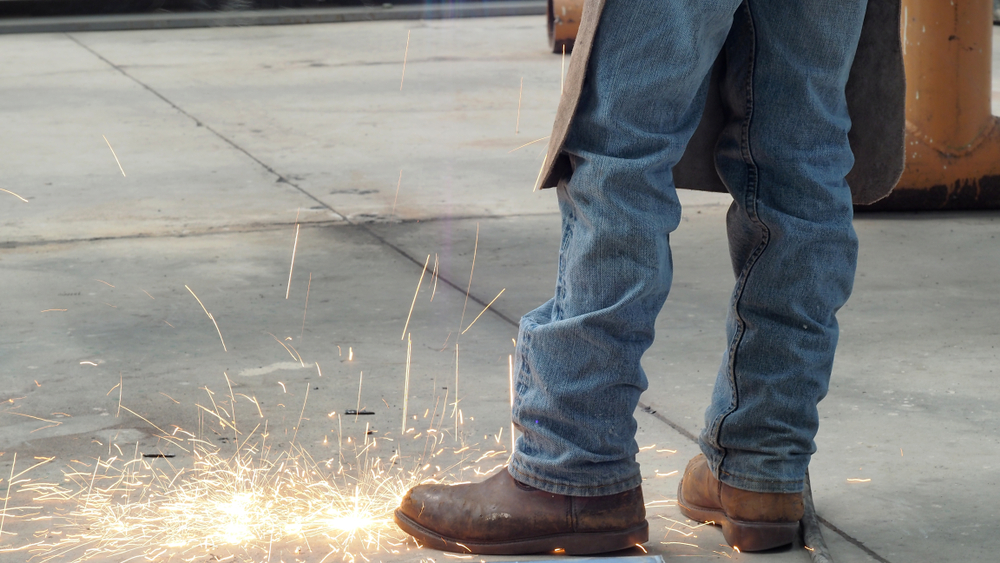Safety is paramount, no matter where you are or what job you do. We all use certain tools throughout the run of our workday to make sure that we’re operating as safely as possible, whether that’s tough working gloves, safety goggles or glasses, face masks – and indeed, our footwear.
For many, this means spending big bucks on expensive footwear like steel-toed boots. These are generally large, heavy and sometimes uncomfortable footwear that don’t always match well with the job description – but are a requirement of almost every job site in the country – as they are required by the insurance companies of the construction companies and others that work in hazardous conditions.
However, at RS Components there is a new type of safety footwear taking the industries by storm: safety trainers. These are smaller, lighter and cheaper than your average pair of work boots while providing almost all of the same safety features. Here are some common jobs in which you’ll want a pair, and cases where they can be useful.
Electricians
While you may not think of it, electricians and those who work with or around electronics can be potentially exposed to dangerous amounts of electricity – and therefore need proper footwear to absorb the potential for electrical shocks. This often comes in the form of thick rubber soles that are produced to be non-conductive and impact resistant. Electricians may not prefer a large, heftier shoe as they may be working in tight spaces where crawling around can be difficult enough at the best of times. As such, a safety trainer with built-in electrical resistance may be preferable.
Demolition Experts
Another great use of electricity-resistant safety trainers is for those who work with explosives like demolition experts. If you’re placing charges and working with explosives, a pair of non-conductive shoes are a must – particularly when the risk of a spark could mean the end of your life.
General Construction Workers
Anyone who works on a construction site is typically required to wear safety shoes of some sort, whether these are boots or safety trainers. The most basic requirement is that your shoes have something on the soles that protect against falling debris, tools, etc. Many safety trainers now come with protective soles made from composite materials rather than hardened steel, to save weight while not sacrificing safety.
Slippery Surfaces
A slip and fall is one of the most common workplace accidents and doesn’t just happen on the job site. Kitchen workers, health workers, oil workers, mechanics and many others across industries need anti-slip footwear day in and day out. This is to ensure their safety against slipping accidents. Many safety trainers are now built with anti-slip materials on the soles.
Hot & Cold Temperatures
The heat and the cold are just as dangerous when on the job. Humidity can do terrible things to your feet, like causing foot rot. Whereas the cold can cause hypothermia. For those working in dangerous climates, whether hot or cold – breathability and insulation are, depending on which climate you’re in, a necessity. Safety trainers aren’t commonly used in cold environments for obvious reasons, but they are much better suited for those who work in hot environments and need the breathability they provide.
No matter what you’re working in, a flexible, breathable, lightweight, anti-slip and strong-toed safety trainer is absolutely key if you’re tired of slogging around in work boots all day.



